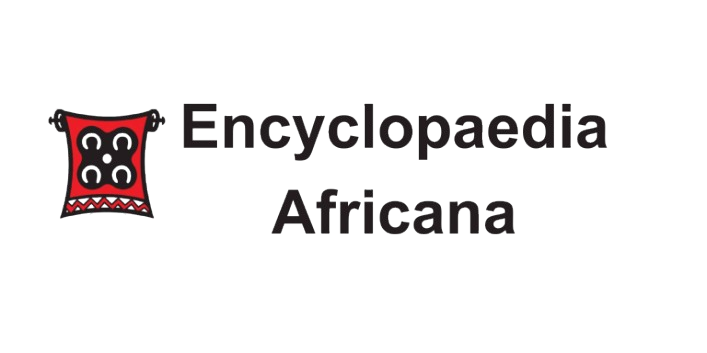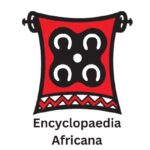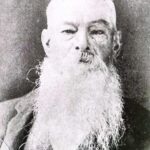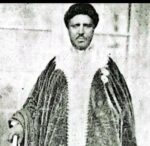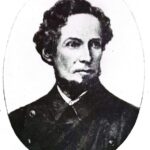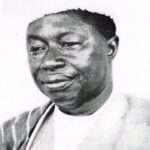HAVENGA, NICOLAAS CHRISTIAAN
- 3 Min Read
Nicolaas Christiaan Havenga (May 1. 1882-March 13, 1957) was a politician and cabinet minister. He was a lifelong associate and friend of General J.B.M. Hertzog.
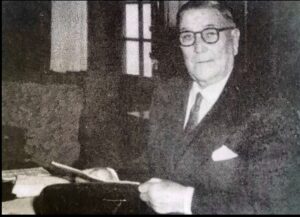
PHOTO CAPTION: Nicolaas Christiaan Havenga. SOURCE: EA Library.
Havenga completed his education at Grey College in Bloemfontein, in the Orange Free State, and after teaching at a farm school and working in a shop at the small town of Kofflefontein, became a clerk in the office of an attorney in Fauresmith, another small town.
He fought in the South African War of 1899-1902 becoming secretary to General J.B.M. Hertzog in 1900, and then being seriously wounded in the thigh in March 1902. After the war, he qualified as an attorney and notary. In 1910, he was elected to the Free State Provincial Council, becoming a member of the executive committee the following year.
Havenga was a staunch supporter of General Hertzog’s political views, and after Hertzog’s break with General Louis Botha, in 1914 became one of the founder-members of the National Party and chief executive member of that party in the Free State. In 1916, he was elected as a member of parliament, representing Fauresmith in the House of Assembly.
A supporter of the republican movement, Havenga joined the so-called “Freedom Deputation” to Europe in 1919, to plead for the restoration of the former Boer republics. When the “Pact” government (a coalition of the Labour and National Parties) came into power in 1924, Havenga was given the key portfolio of finance. He immediately proved himself an able minister, announcing five consecutive surpluses up to 1929.
At the end of that year, however, the collapse of the stock exchange in New York also affected South Africa and created a financial crisis. When Bricain went off the gold standard in 1931, Havenga and Hertzog refused to follow her example, partly because they believed that to remain on it would demonstrate the country’s economic independence. Nevertheless, in 1932 the government was finally forced virtually to abandon the gold standard.
Havenga, who played a role in the formation of the subsequent coalition between Hertzog and General J.C. Smuts, was in 1933 once more appointed minister of finance in the United Party government.
When Hertzog resigned from the cabinet in 1939 because he opposed South African participation in the Second World War, his lifelong supporter and friend Havenga followed him. But it then proved impossible to reconcile the differences between the followers of Hertzog and the National Party of D.F. Malan. Consequently, the Afrikaner Party was formed in 1940, with Havenga as leader. Since this party could not gather much support, Havenga reached an election agreement with Malan before the 1948 general election, and General Smuts, then prime minister, was defeated.
In the Malan cabinet, the experienced Havenga again served as minister of finance and ranked as the most senior cabinet minister. In 1951 the Afrikaner Party was formally reunited with the National Party. When Malan resigned as prime minister in 1954, he announced that he favored Havenga as his successor. The National Party caucus, however, preferred J.G. Strijdom, and Havenga retired from politics. He farmed in the district of Memel, in the Free State, until his death.
Havenga, who never had a real flair for party politics, gained a worldwide reputation as a sound, if conservative, minister of finance and from 1924 onward contributed much towards the economic growth of South Africa. Internationally recognized, he attended several economic and monetary conferences, among them the Ottawa Conference in 1932.
J. P. BRITS
